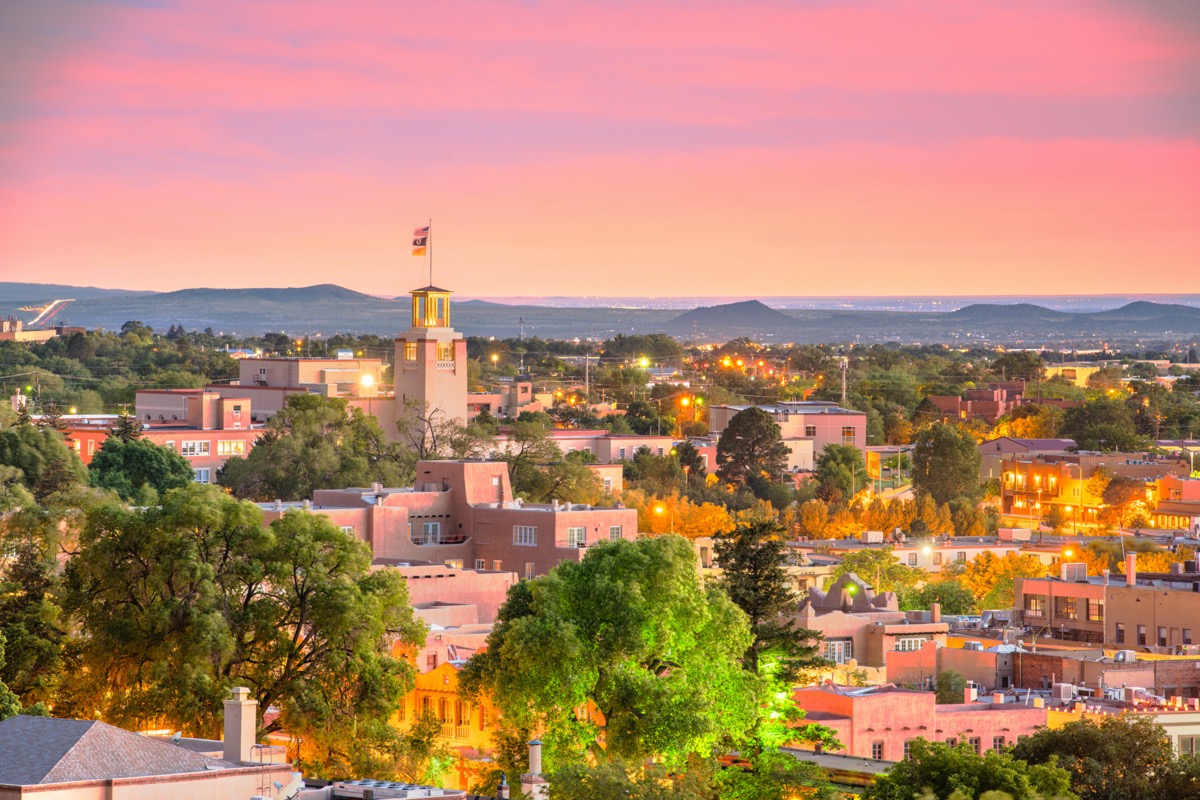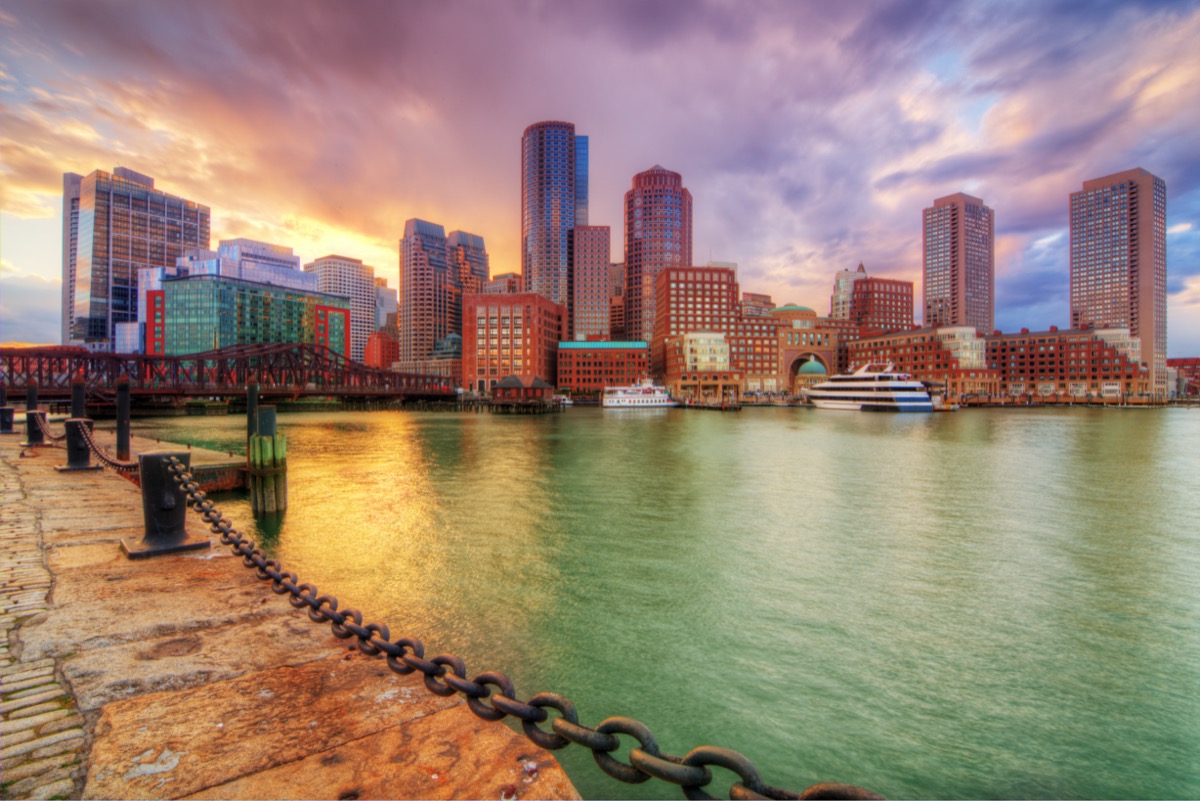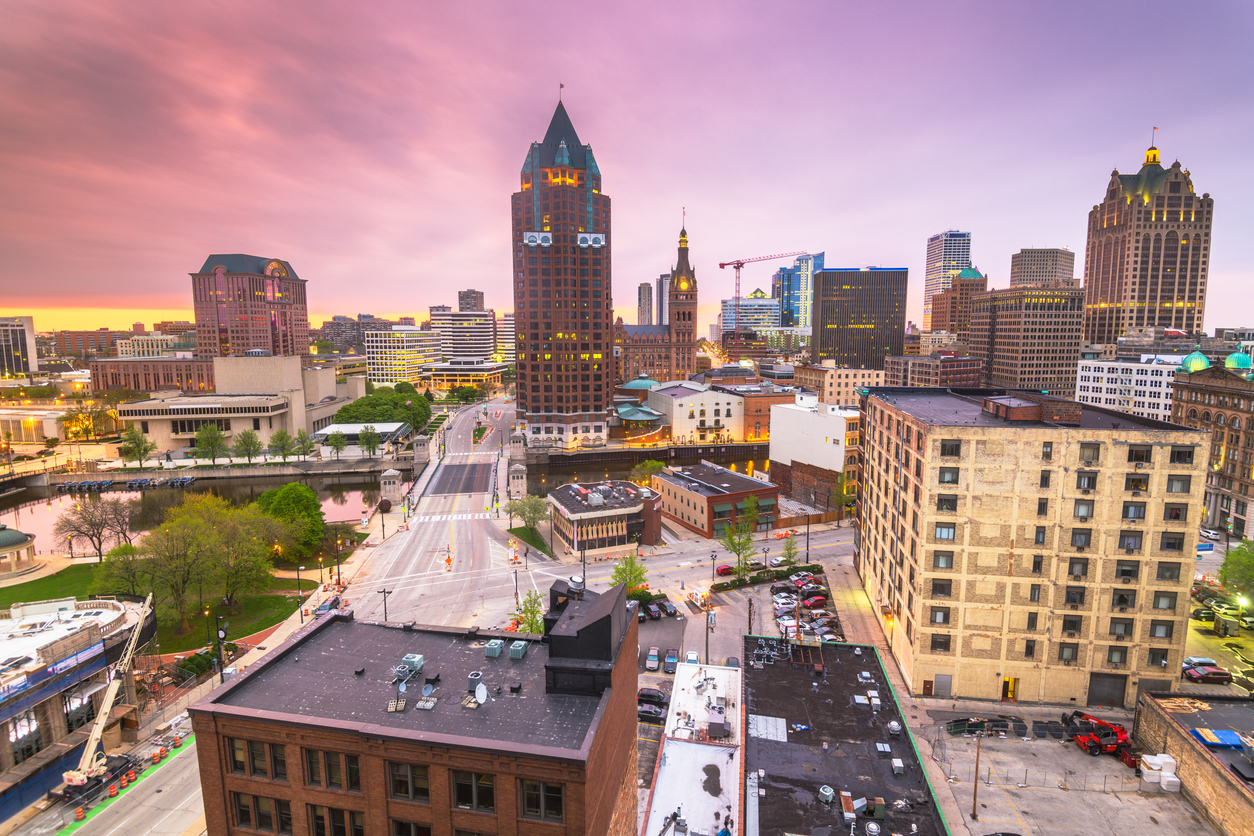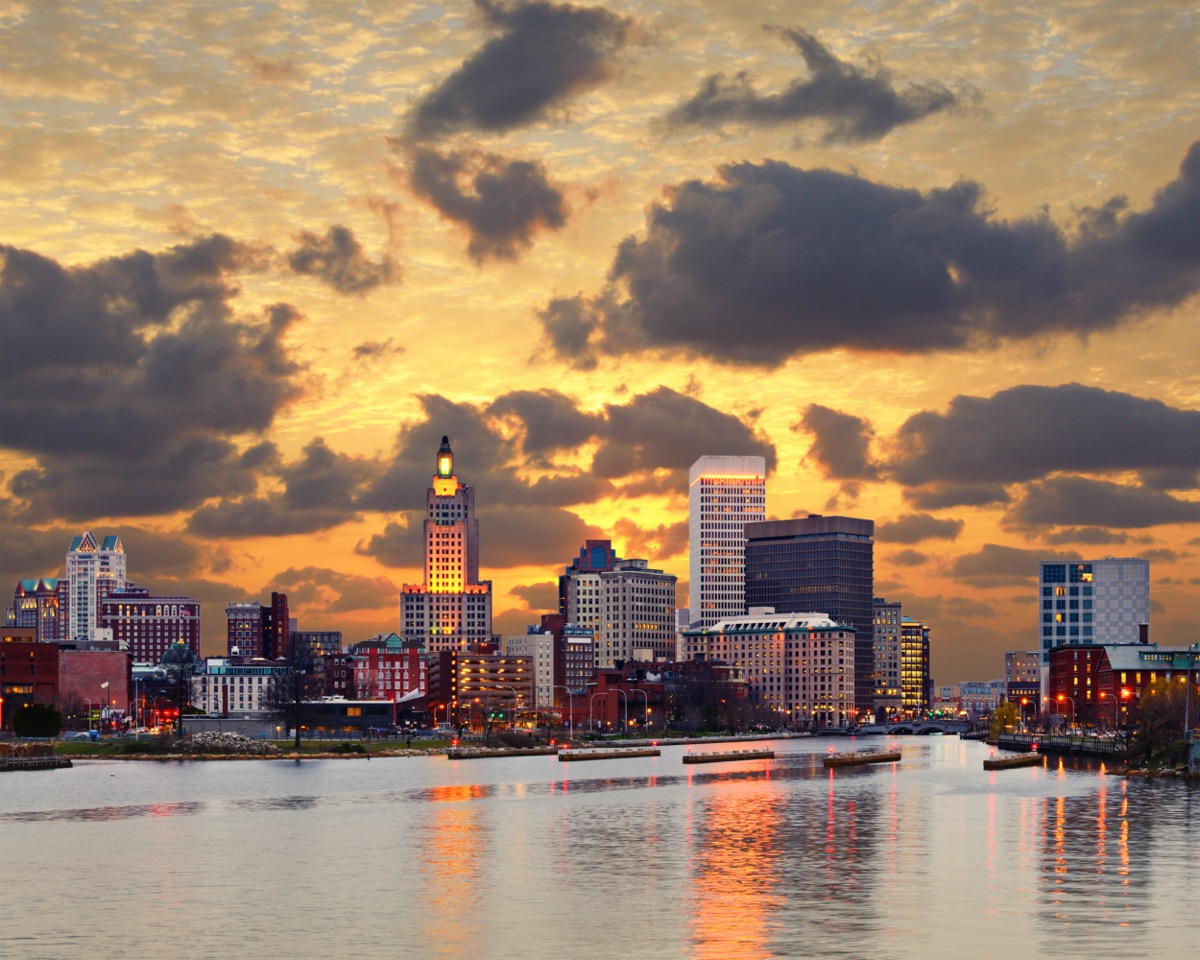During a press conference on Nov. 30, Newsom announced that he is currently weighing a new set of stay-at-home orders in response to the state’s current surge of coronavirus cases that he fears could overwhelm California’s hospital system before the end of December. He also explained that he was exploring the possibility of issuing the orders on a county-by-county basis—but with 51 out of 58 counties currently in the most critical “purple” tier, 99 percent of the state’s residents are already affected. “We are trying to be much more specific, more surgical…and more prescriptive in terms of looking at the efficacy and looking at where the data leads us to making those determinations sector by sector,” Newsom told reporters, according to the Associated Press. In fact, some California counties already have restrictions in place. On Nov. 20, Los Angeles County—the most populous in the nation with more than 10 million residents—enacted new restrictions, ordering indoor dining at restaurants and bars to close and all non-essential businesses to shutter between 10 p.m. and 5 a.m. But the Golden State is far from the only place going back into lockdown. Read on for other states that have orders or advisories of their own in place, and for more on your risk, check out Here’s How Likely You Are to Catch COVID in the Next Month, Expert Says. Read the original article on Best Life. After struggling with a record-breaking surge in late October and early November, New Mexico Gov. Michelle Lujan Grisham announced a two-week “reset” on Nov. 13. The order reinstated previous strict COVID restrictions from the spring, stating that New Mexicans must shelter in place and no non-essential businesses or nonprofits can operate in-person through Dec. 2. After the order expires this week, the state will enter a tiered county-by-county system of lockdowns to keep COVID numbers in check, much like what California is considering. And for more stay-at-home news, check out This One State Has a Secret COVID Lockdown Loophole. Even though it’s one of the only states to have gatherings of more than 10 people banned since April, Ohio Gov. Mike DeWine announced a more stringent three-week stay-at-home order for residents starting Nov. 19. The new restrictions instituted a 10 p.m. to 5 a.m. nightly curfew, during which most retail businesses in Ohio must also close. And for more on how coronavirus spreads, check out It Only Takes This Long to Get COVID in a Room With Someone Who Has It.ae0fcc31ae342fd3a1346ebb1f342fcb On Nov, 3, Massachusetts Gov. Charlie Baker was driven to enact new measures due to surging COVID cases in his state. He strengthened the state’s mask mandate by requiring residents to wear face coverings at all times in public, both indoors and outdoors, and instituted a nightly stay-at-home advisory between 10 p.m. and 5 a.m. Baker’s order also requires that all table-service restaurants, gyms, theaters, and casinos end service by 9:30 each night, while bars across the state remained closed from a previous order. While he has grappled with political opponents in his state over restrictions, on Nov. 12, Wisconsin Gov. Tony Evers issued an executive order that strongly encourages residents to stay home. “Wisconsin, this is serious,” Evers said during a televised speech announcing the order on Nov. 11. “The crisis is urgent. It’s not safe to go out, it’s not safe to have others over—it’s just not safe. And it might not be safe for a while yet. So please, cancel the happy hours, dinner parties, sleepovers, and play dates at your home. And if a friend or family member invites you over, offer to hang out virtually instead.” And for more updates on the pandemic, sign up for our daily newsletter. Starting on Nov. 30, Rhode Island Gov. Gina Raimondo ordered a two-week “pause” in her state. The order coupled a stay-at-home advisory with the forced closure of gyms, bars, theaters, bowling alleys, and casinos across the state, as well as limiting indoor dining to 33 percent capacity and religious services to 25 percent capacity. And for more on where else things aren’t looking good, find out How Bad the COVID Outbreak Is in Your State.




